Such like we are having up-gradation in our mobile Software (Android 4.0 to 10.0), Laptop (Windows 7 to 10.0) & also on Internet From 2G to 4G or further to 5G. This is because we are basically trying to overcome the Lag/Errors/Disadvantages.
In this article, I will describe how this generation takes place in Industrial Automation.

A History of Industry 4.0
- Industry 1.0 (1784) – Water/ Steam Power
- Industry 2.0 (1870) – Assembly Line Worker
- Industry 3.0 (1969) – Computer & Automation
- Industry 4.0 (2011) – ?
- In 1784 we were in the first stage of Industry where the operation of the power sector was controlled using Relays and Human Feedback.
- In 1870 we were in the second stage of Industry where the first production line with the help of Electrical Equipment, we started to produce a quality product on the fast track.
- In 1969 we were in the third stage of Industry where with the help of IT infrastructure and Instrumentation Automation we started to use and control field equipment’s from the Control Room.
What is Industry 4.0?
It is said that now “ The World is on your Finger Tip”, it is said so because we are in 21 century call a Taxi, Food, Groceries, Other Household Services within a minute by just clicking on the mobile app.
Suppose we started these advance IT structure in the field of Industry then you can imagine what will be the scope for our Industries worldwide.
Hence we started and intrudes on Industry 4.0, which we utilized by advanced Cloud computing with firewall protection, Mobile Apps & Network-based Operation.
These all are having their best advantages which are highlighted below.
- Live Status Update from Field
- Shift Report without Editing
- Network Controlling from anywhere
- Robots for Operation
- Outcome Income
- The efficiency of product O/P
- Time-saving
- Quality product
- Minimum human Power
- Security
Industry 4.0 Example
Let’s know deeply with the help of an example:
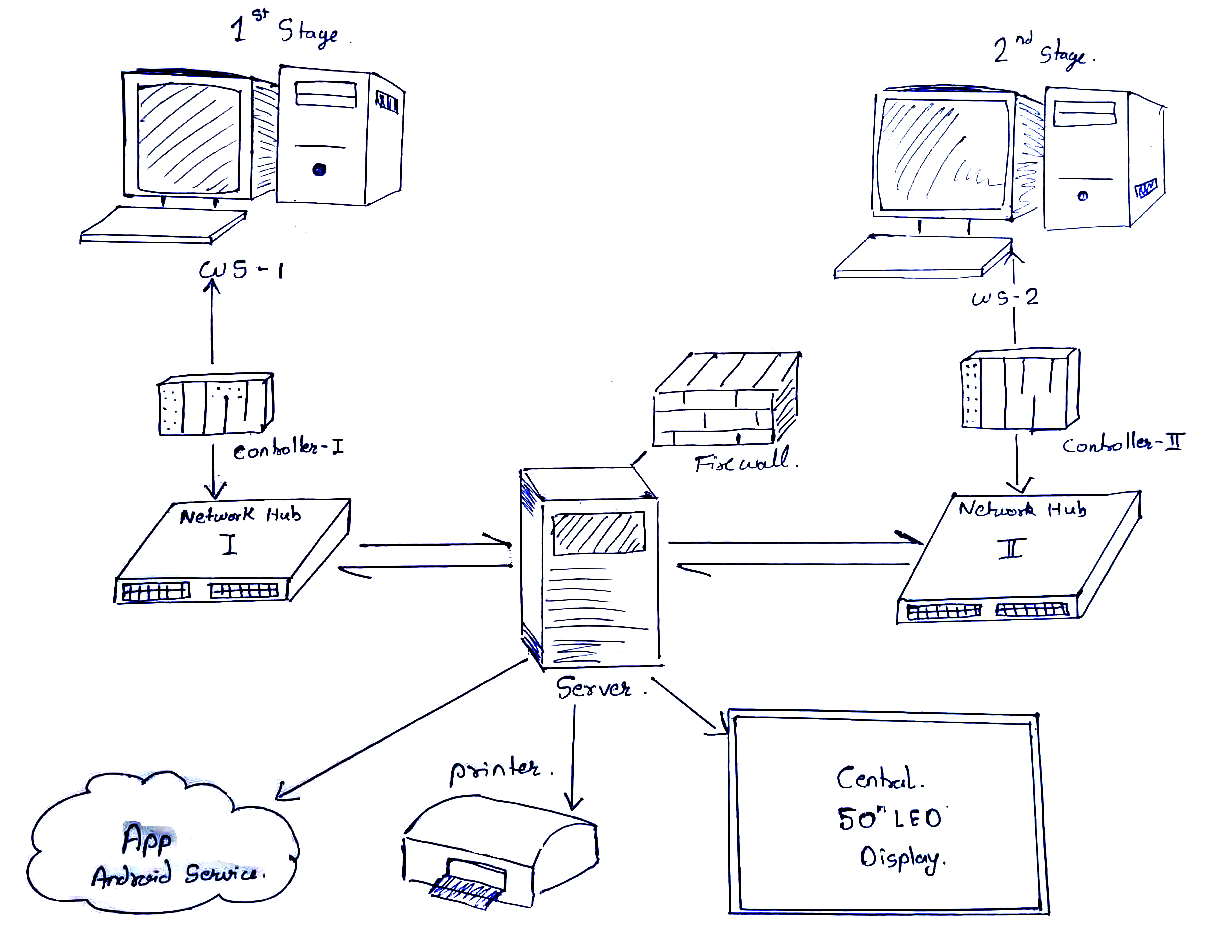
Abbreviation:
WS- Work Station
Controller – DCS
As we can see in the diagram above there are 2 sections of the single product. suppose the Vehicle chassis has been made in the 1 st stage and send to the painting shop which is the 2nd stage of the Production line.
We are operating the section individually with the help of 2 DCS, One for each Section with redundancy. The 2 individual operators operate the section and these 2 sections are centralized in the main control room where with the help of 1 stage production we need to increase the process of 2nd stage or lower the speed of production. This decision is taken by the Central Control Room supervisor.
This is because we don’t want to sit the operator ideally or else not to have a load of heavy work which will lead to affect the product quality. Also these all shift reports are viewed by the Manager with the help of Network computing.
Here we connected a printer and limited mobile access to the company employee for security access, they can change the parameters of can access to the new users with the access key provided by the Company.
Whereas you can see the energy meter which has been connected with the network these will provide all the necessary details of consumption of the power in each stage for the production of the product.
There is nothing but the evolution in the industry that has been taking place in the new industry or some are upgrading their existing system with the new form industry 4.0 Standard.
Author: Jadhav Amit R
Read Next:
- Industrial System Architecture
- Energy Monitoring System
- Security of Industrial Systems
- Selection between PLC and DCS
- Burner Management System
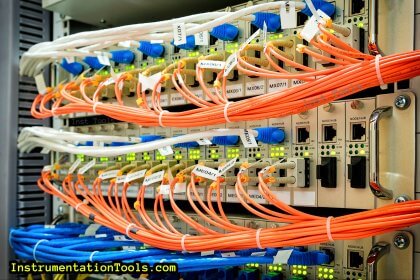

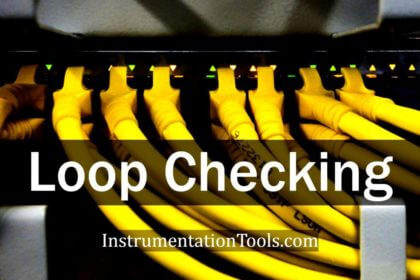
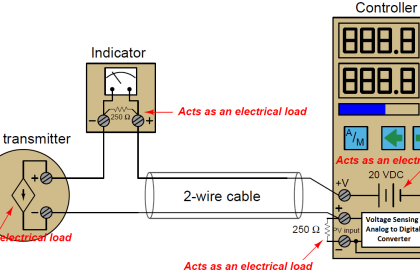
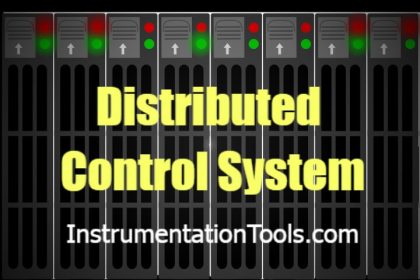


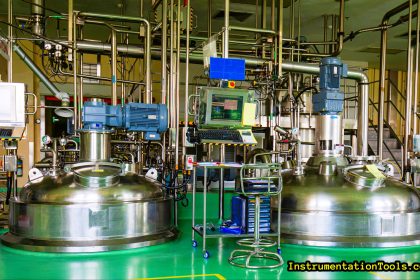
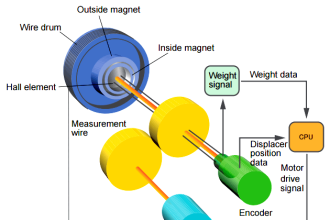

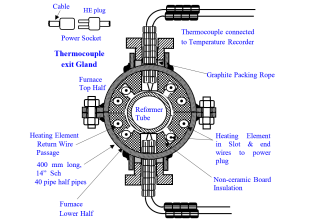
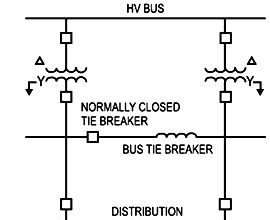
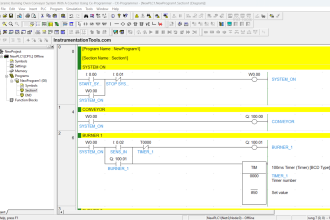
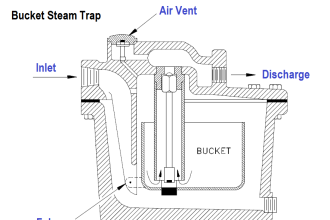
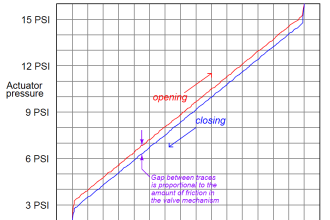


In the era of machines very less people are there who are continuously looking forward for the future of technology.
Industry 4.0 is a term often used to refer to the developmental process in the management of manufacturing and chain production. The term also refers to the fourth industrial revolution.
Industry 4.0
The term Industry 4.0 was first publicly introduced in 2011 as “Industrie 4.0” by a group of representatives from different fields (such as business, politics, and academia) under an initiative to enhance the German competitiveness in the manufacturing industry.
The German federal government adopted the idea in its High-Tech Strategy for 2020. Subsequently, a Working Group was formed to further advise on the implementation of Industry 4.0.
In 2003, they developed and published their first set of recommendations. Their vision entailed that
“these Cyber-Physical Systems comprise smart machines, storage systems and production facilities capable of autonomously exchanging information, triggering actions and controlling each other independently. This facilitates fundamental improvements to the industrial processes involved in manufacturing, engineering, material usage and supply chain and life cycle management.”
Industry 4.0 remains a term well-known in German-speaking areas. Consequently, this guide will aim at attempting to define the term, exploring the design principles, the advantages and the challenges facing such an approach, and try to quantify the potential lying underneath.
Industry 4.0 will truly revolutionize the way manufacturing processes work. However, it’s important to weigh the advantages and the challenges that companies may face.
Advantages of Industry 4.0
Optimization: Optimizing production is a key advantage to Industry 4.0. A Smart Factory containing hundreds or even thousands of Smart Devices that are able to self-optimize production will lead to an almost zero down time in production.
This is extremely important for industries that use high end expensive manufacturing equipment such as the semi-conductors industry. Being able to utilize production constantly and consistently will profit the company. According to a study published by PwC,
“Digitized products and services generate approximately €110 billion of additional revenues per year for the European industry.”
Customization: Creating a flexible market that is customer-oriented will help meet the population’s needs fast and smoothly. It will also destroy the gap between the manufacturer and the customer. Communication will take place between both directly.
Manufacturers won’t have to communicate internally (in companies and factories) and externally (to customers). This fastens the production and delivery processes.
Pushing Research: The adoption of Industry 4.0 technologies will push research in various fields such as IT security and will have its effect on the education in particular. A new industry will require a new set of skills. Consequently, education and training will take a new shape that provides such an industry will the required skilled labor.
Challenges facing Industry 4.0
Security: Perhaps the most challenging aspect of implementing Industry 4.0 techniques is the IT security risk. This online integration will give room to security breaches and data leaks.
Cyber theft must also be put into consideration. In this case, the problem is not individual, but can, and probably will, cost producers money and might even hurt their reputation. Therefore, research in security is crucial.
Capital: Such transformation will require a huge investment in a new technology that doesn’t sound cheap. The decision to make such transformation will have to be on CEO level.
Even then, the risks must be calculated and taken seriously. In addition, such transformation will require a huge capital, which alienates smaller businesses and might cost them their market share in the future.
Employment: While it still remains early to speculate on employment conditions with the adoption of Industry 4.0 globally, it is safe to say that workers will need to acquire different or an all-new set of skills. This may help employment rates go up but it will also alienate a big sector workers.
The sector of workers whose work is perhaps repetitive will face a challenge in keeping up with the industry. Different forms of education must be introduced, but it still doesn’t solve the problem for the elder portion of workers. This is an issue that might take longer to solve and will be further analyzed later in this report.
Privacy: This not only the customer’s concern, but also the producers. In such an interconnected industry, producers need to collect and analyze data. To the customer, this might look like a threat to his privacy. This is not only exclusive to consumers.
Small or large companies who haven’t shared their data in the past will have to work their way to a more transparent environment. Bridging the gap between the consumer and the producer will be a huge challenge for both parties.